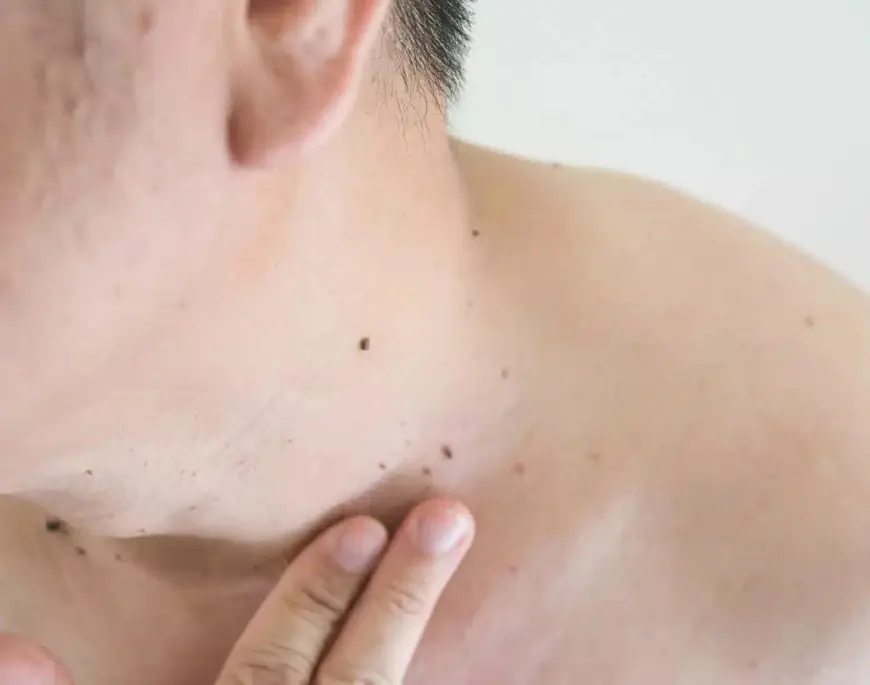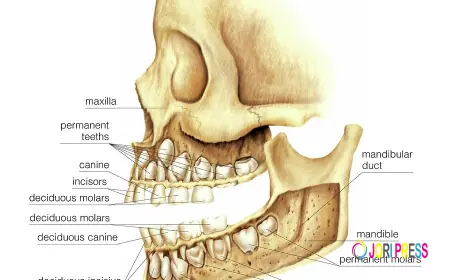Top 5 Things to Know About Warts Removal Surgery
Let's explore what is the best treatment for Warts Removal Surgery in Dubai? Discover the most effective options for clear and healthy skin.

Warts are small, grainy skin growths that commonly appear on the hands, fingers, feet, or other areas of the body. Caused by the human papillomavirus (HPV), warts are typically non-cancerous but can be persistent and unsightly. They may spread through direct contact or by touching surfaces contaminated with the virus. Warts Removal Surgery in Dubai vary in appearance depending on their type—common, plantar, flat, and filiform warts each have unique characteristics. Though some may disappear on their own, others require medical intervention, especially when painful, recurrent, or cosmetically troubling.
The Procedure: What to Expect
Warts Removal Surgery (ما هو أفضل علاج لإزالة الثآليل؟) is typically performed as an outpatient procedure. Prior to the operation, the area around the wart is cleaned and numbed using a local anesthetic. The actual removal may take only a few minutes, depending on the method used. For instance, cryotherapy involves applying extreme cold for a short burst, while laser treatment may take slightly longer to carefully target the wart. Once the wart is removed, the area is covered with a sterile dressing to protect it during the initial stages of healing. Patients are usually free to return home shortly after.
Types of Warts Removal Surgery:
Wart removal surgeries can be performed using a variety of techniques based on the size, type, and location of the wart. The most common methods include cryotherapy (freezing the wart with liquid nitrogen), electrosurgery (burning off the wart with electrical current), and laser surgery (using a focused laser beam to destroy wart tissue). In some cases, excisional surgery—physically cutting out the wart—may be preferred. Each technique has its own benefits and healing process, and the selection depends on individual factors such as wart persistence and patient skin type.
Aftercare and Healing Time:
Post-surgery care is crucial to ensure proper healing and to minimize the risk of recurrence or infection. Patients are typically advised to keep the area clean and dry, change dressings as instructed, and avoid picking at the scab or wound. Over-the-counter pain relievers may be recommended to manage discomfort. The healing time varies depending on the type of procedure and the patient’s skin type but generally ranges from one to three weeks. It is common to see some redness, swelling, or mild tenderness during this period.
Potential Risks and Side Effects:
As with any surgical procedure, wart removal carries some potential risks. These may include infection, scarring, or temporary changes in skin pigmentation. Cryotherapy might cause blistering, while laser surgery could lead to redness or soreness in the treated area. In rare cases, the wart may return, requiring additional treatments. However, complications are usually minimal when proper hygiene and aftercare are followed. Patients should monitor the site and report any unusual symptoms such as pus, excessive bleeding, or severe pain during recovery.
Wart Recurrence and Prevention:
Even after successful removal, warts can sometimes return. This recurrence is due to the persistent nature of HPV, which may remain in the skin undetected. To prevent new outbreaks, individuals should avoid sharing personal items like towels or razors, keep their skin clean and dry, and refrain from walking barefoot in communal showers or locker rooms. Strengthening the immune system through proper diet and lifestyle choices may also help the body resist the virus more effectively. Consistent hand hygiene remains one of the best preventive strategies.
Is Wart Removal Surgery Right for You?
Not all warts need to be surgically removed. Some resolve without treatment, especially in children. However, surgery may be necessary if the wart is painful, causes embarrassment, interferes with daily activities, or does not respond to other treatments like topical creams or over-the-counter solutions. Individuals with weakened immune systems or underlying skin conditions should seek medical advice before pursuing surgery. A professional evaluation helps determine the best course of action tailored to the patient's needs and skin health.
Final Thoughts:
Warts Removal Surgery (علاج الثألول) is a widely used and effective method to eliminate stubborn or unsightly warts. With multiple techniques available and a relatively quick recovery process, many patients find relief both physically and emotionally following the procedure. Understanding what the surgery entails—from preparation and procedure to aftercare and potential risks—can help individuals feel more confident and informed. While prevention remains key, surgical removal is a reliable option when warts become persistent or problematic, offering a clearer path to smooth and healthy skin.
What's Your Reaction?
 Like
0
Like
0
 Dislike
0
Dislike
0
 Love
0
Love
0
 Funny
0
Funny
0
 Angry
0
Angry
0
 Sad
0
Sad
0
 Wow
0
Wow
0



















































